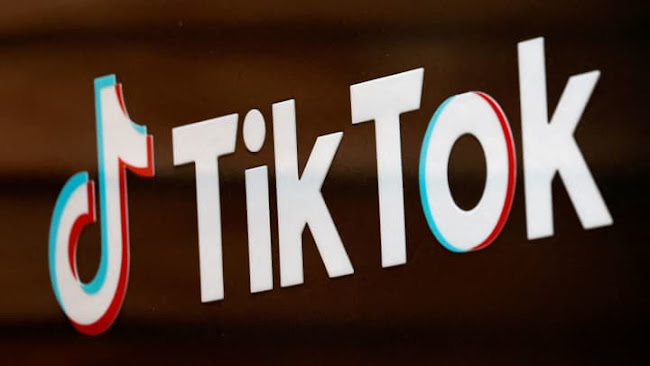Navigating the Ethics of AI Image Generation: Can We Policed Deepfakes of Children?
Can AI image generators be policed to prevent explicit deepfakes of children?
Introduction: The Rise of AI Image Generators
In an era dominated by artificial intelligence (AI), the advancement of image generation technology has sparked both fascination and concern. While these tools offer incredible potential for creative expression and innovation, they also present ethical dilemmas, particularly when it comes to the creation of deepfake content. A recent article delves into the complex issue of policing AI image generators to prevent the creation and dissemination of explicit deepfakes involving children.
The Challenge of Policing AI Image Generators
AI image generators utilize sophisticated algorithms to produce realistic images, often indistinguishable from genuine photographs. However, these capabilities have been exploited to create deepfake content, where individuals' faces are superimposed onto existing images or videos, sometimes in compromising or explicit scenarios. The article highlights the challenges associated with regulating such technology, particularly in the context of protecting children from exploitation and harm.
The Ethical Concerns Surrounding Deepfakes of Children
One of the primary ethical concerns raised by the proliferation of deepfakes is the potential for their use in creating and distributing explicit content involving minors. Such material not only violates the privacy and dignity of the individuals depicted but also poses significant risks of exploitation and abuse. The anonymity afforded by the internet further complicates efforts to identify and address instances of child exploitation facilitated by AI image generators.
Legal and Technological Solutions
In response to these challenges, policymakers and technology companies are exploring various strategies to mitigate the risks associated with deepfakes of children. Legal frameworks aimed at combatting online child exploitation have been strengthened in many jurisdictions, with penalties for the creation and dissemination of such content becoming more severe. Additionally, advancements in AI-based detection tools are being developed to identify and remove deepfake content from online platforms proactively.
The Role of Platform Accountability
However, the responsibility for policing deepfakes of children does not rest solely with law enforcement and technology developers. Online platforms also play a crucial role in preventing the spread of harmful content by implementing robust content moderation policies and investing in AI-driven detection systems. By collaborating with experts in child protection and leveraging the latest technological advancements, platforms can enhance their ability to detect and remove deepfake content before it reaches a wide audience.
Balancing Freedom of Expression with Child Protection
While efforts to combat the proliferation of deepfakes of children are essential, they must be balanced with respect for freedom of expression and innovation. Striking the right balance between safeguarding children from exploitation and preserving fundamental rights requires careful consideration of the legal, ethical, and technological implications involved. Moreover, addressing the root causes of online child exploitation, such as inadequate education and support systems, is crucial for long-term prevention efforts.
The Need for Global Collaboration
Given the borderless nature of the internet, addressing the issue of deepfakes of children requires collaboration and cooperation on a global scale. International partnerships between governments, law enforcement agencies, technology companies, and civil society organizations are essential for sharing information, coordinating enforcement actions, and developing best practices for combating online child exploitation. By working together, stakeholders can enhance their collective capacity to detect, prevent, and respond to the proliferation of deepfakes involving children.
Conclusion: Toward Ethical AI Image Generation
In conclusion, the emergence of AI image generators has opened new frontiers in creativity and expression, but it has also raised significant ethical challenges, particularly concerning the creation and dissemination of deepfakes involving children. Policymakers, technology developers, online platforms, and civil society must collaborate to develop comprehensive strategies for combating this form of online child exploitation while safeguarding fundamental rights and freedoms. By prioritizing child protection, promoting digital literacy, and fostering global cooperation, society can navigate the ethical complexities of AI image generation and ensure a safer online environment for future generations.
Disclaimer:
The summary provided here is based on the news article titled "Can AI image generators be policed to prevent explicit deepfakes of children?" The original article can be found here. The purpose of this summary is to provide an overview of the main points discussed in the article and does not reflect the opinions or views of the author of this summary or the platform on which it is published. Readers are encouraged to refer to the original article for more detailed information and context.



Comments
Post a Comment